About products and suppliers
8308 operating room doors products are offered for sale by suppliers on Alibaba.com, of which other doors accounts for 19%, other air cleaning equipment accounts for 3%, and bi-fold doors accounts for 1%.
A wide variety of operating room doors options are available to you, such as free spare parts, return and replacement and onsite training.You can also choose from food shop, manufacturing plant and building material shops operating room doors,as well as from side open, electric side opening, and push and pull operating room doors, and whether operating room doors is total solution for projects, graphic design, or 3d model design.
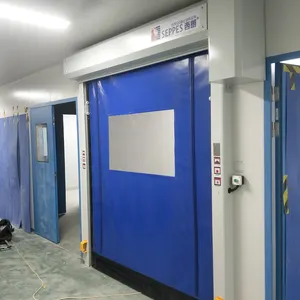


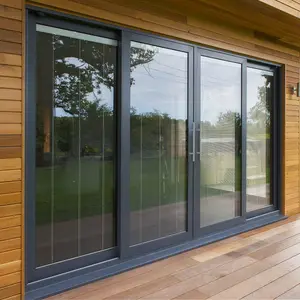





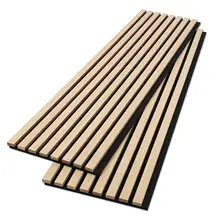









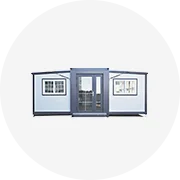



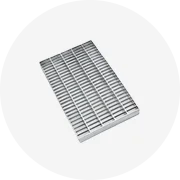

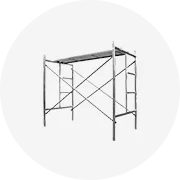
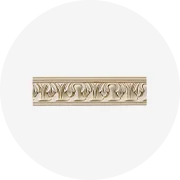


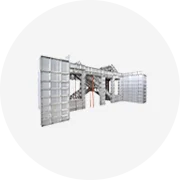
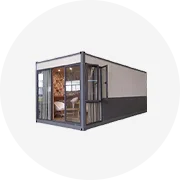
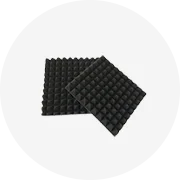
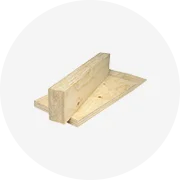
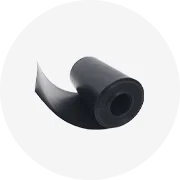
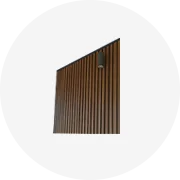








 浙公网安备 33010002000092号
浙公网安备 33010002000092号 浙B2-20120091-4
浙B2-20120091-4